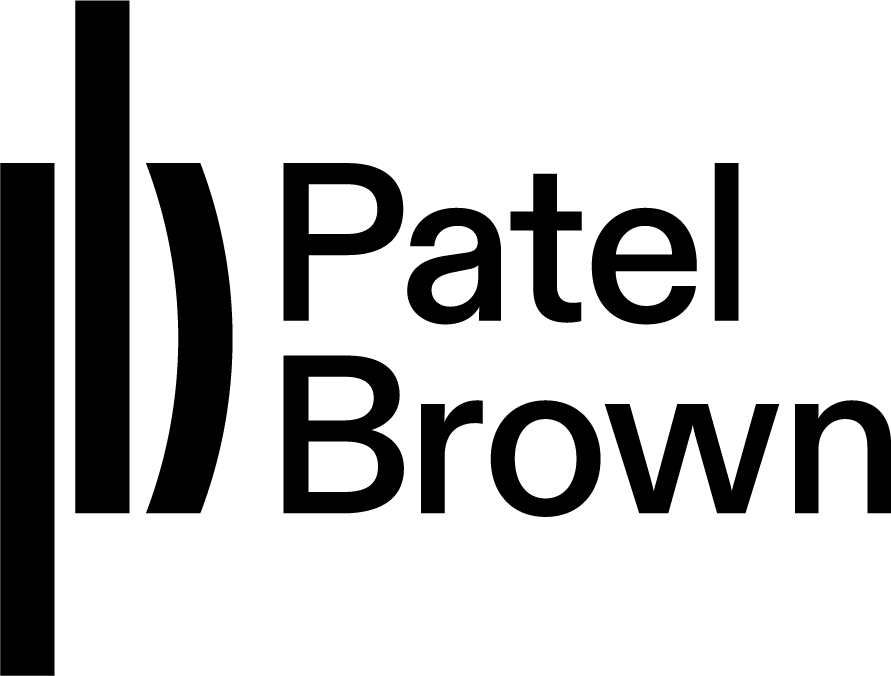21 Wade ave, unit 2, toronto
Swapnaa tamhane | cabinet | 24 may – 5 Jul, 2025
Pattern, like the internal, guiding rhyme of verse, or examples of symmetrical balance found in nature, provides an occasion for the expression of entanglements. In the suite of works presented in Cabinet, Swapnaa Tamhane approaches the structure of pattern from a variety of angles: gestures that emerge as recognizable over the course of time; formational patterns of woven textiles; impressions of architectural plans passed back and forth between two and three dimensionality.
Here, pattern functions to capture the moment when an element previously concealed emerges into visibility. While composing the Fence watercolour series, Tamhane first layered water and paint before adding an outline overtop, as a way to evoke the feeling that part of the page remained submerged, or, conversely, was surfacing. Within the repeated action of drawing with paint was an exercise in attempting to maintain a straight line, to achieve uniformity, which was ultimately unsuccessful. The irregular extrusions in the linked fence pull the viewer into the underlayer of these images, raising questions of how space is being delineated by the fence, and what persists in bleeding through boundaries.
The composite motifs in Burmese Teak I and Burmese Teak II are based on the Burmese teak panelled walls of the auditorium in Le Corbusier’s Textile Mill Owners’ Association Building, Ahmedabad (1954). The block-printing process used to compose this work is an extension of Tamhane’s drawing practice, based on marks, time, and an accumulation of both. Each block is a different dye process in order to achieve a particular colour. By separating out and then putting into proximity the line and filler motifs (rekh and datta), Tamhane considers each motif as a being constituted by multiple parts, and in turn, as composing a larger image. Burmese Teak II was dyed twice in indigo, in a process known as Meena, creating a similar feeling of submergence as in the Fence series. The motifs traverse the indigo-dyed cotton panels, phrase-like, or perhaps caught in a fluctuating breeze, as the addition of beads catch, and refract back, light.
For Tamhane, the mirrored monolith echoes the closets of her aunts, her cousins, her friends, or her mother. They each possess innate knowledge of, and reverance for, the specificities and complexity of the weaves that come together to form textiles stored in such cabinets.
Elliptical, yet on the cusp of familiarity, the patterns in Bird’s-Eye 1 and Bird’s-Eye 2 are based on aerial views of the layout of adobe home villages in Kutch, in the state of Gujarat. Like two questions posed from the vantage of a passing bird, these shish-kam, or mirror embroidery works, translate the village layouts into patterns, and point to how architectural constructions reflect our relationship to form back at us.
Cabinet asks us to consider the simultaneity of indigenous architecture in the contemporary milieu, and the network of repetitive gestures that underpin our visual field.
As the poet Bhanu Kapil writes, structure is empathy.
— Emily Zuberec
Swapnaa Tamhane’s art practice is dedicated to drawing, making handmade paper, and working with the material histories of cotton and jute, while her curatorial interests explore feminist histories in India and the wider South-Asian diaspora. She has an MFA in Fibres & Material Practices, Concordia University, Montréal. Residencies have been held at Bemis Centre for Contemporary Art, 2024, and Museum der Moderne Salzburg, Austria, and she was a participant at March Meeting, Sharjah, UAE, in 2010. She has been a board member of SAVAC, Toronto, in 2011, and 2020-2023. Her research extends to material culture, and with designer Rashmi Varma, she wrote SĀR: The Essence of Indian Design, Phaidon Press (2016). She has exhibited her work at Green Art Gallery, Dubai; Nature Morte, Delhi; articule, Montréal; Sculpture Park Jaipur; A Space, Toronto; and Victoria & Albert Museum, Dundee, Scotland, with solo exhibitions at Royal Ontario Museum, Toronto, and Surrey Art Gallery, British Columbia. She is currently long-listed for the 2025 Sobey Art Award. She is from Toronto, and is now based in Montréal.










